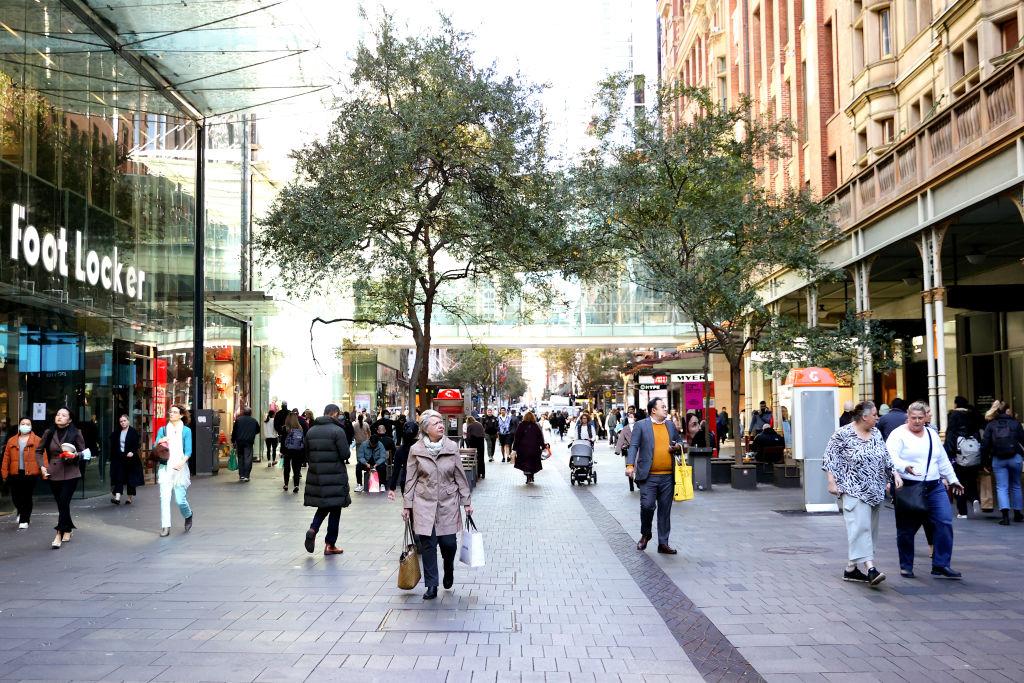Walkable cities are beneficial for health, living costs, and potentially the environment, but retrofitting cities to become more walkable is difficult and costly.
A good example of walkability is the 20-minute neighbourhood, where all needs, for example, shops and services, schools, and parks, can be met within a 20-minute round trip on foot.




